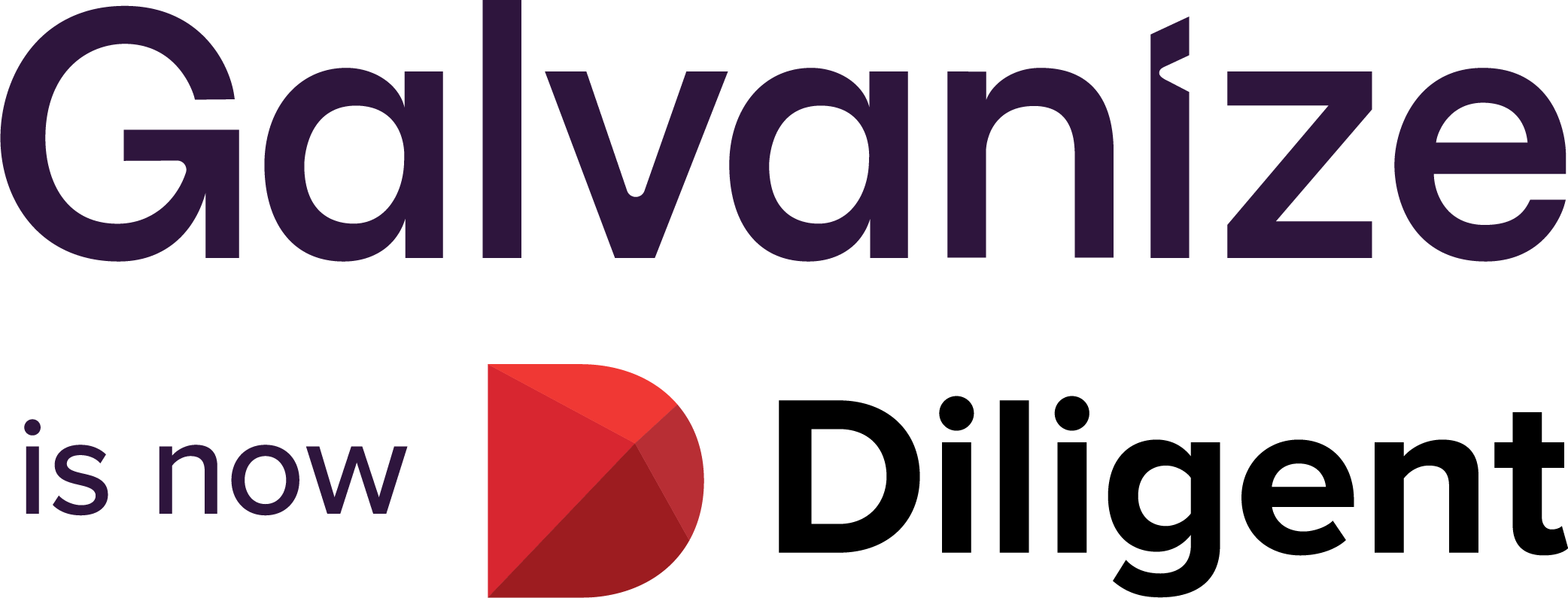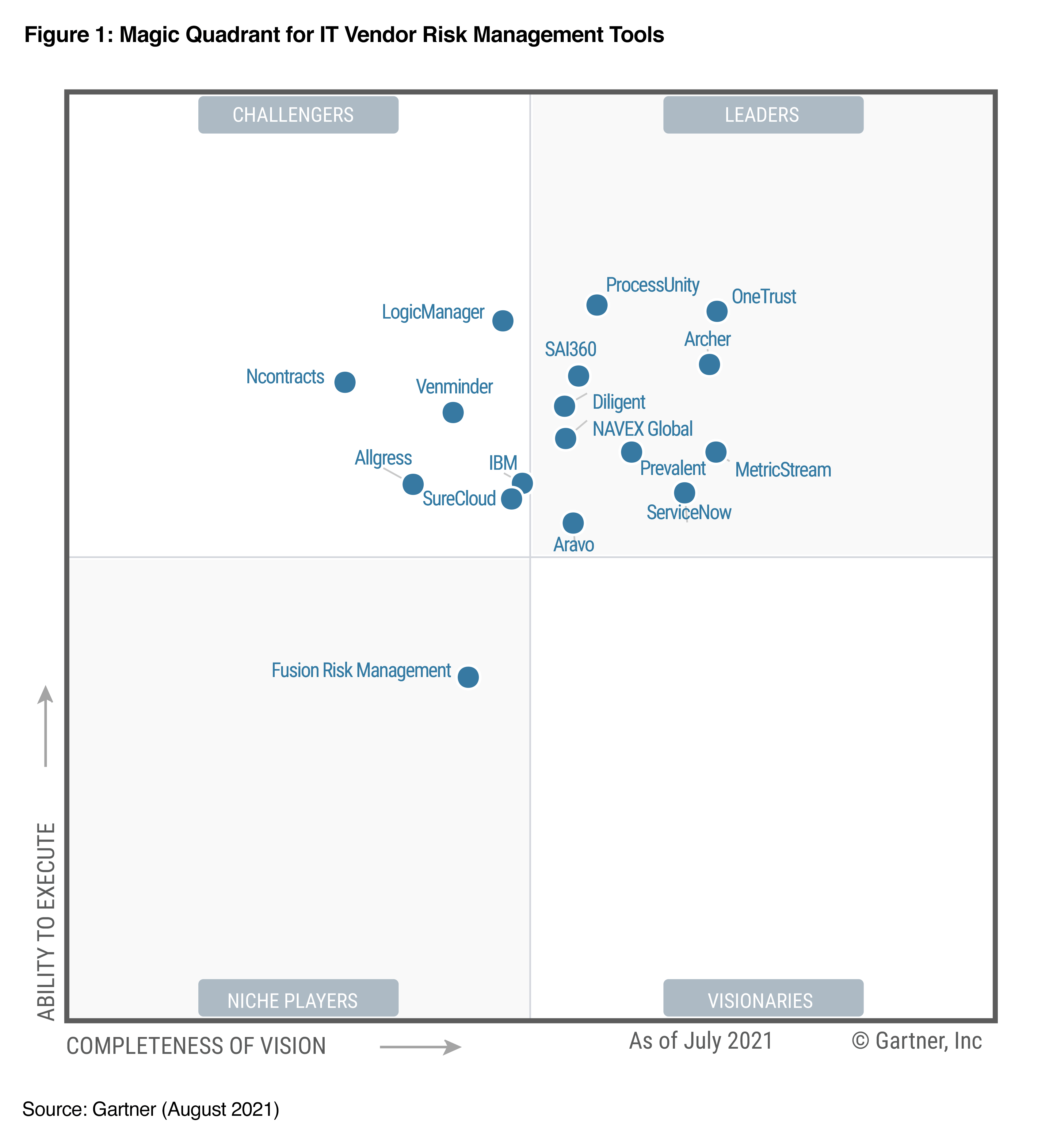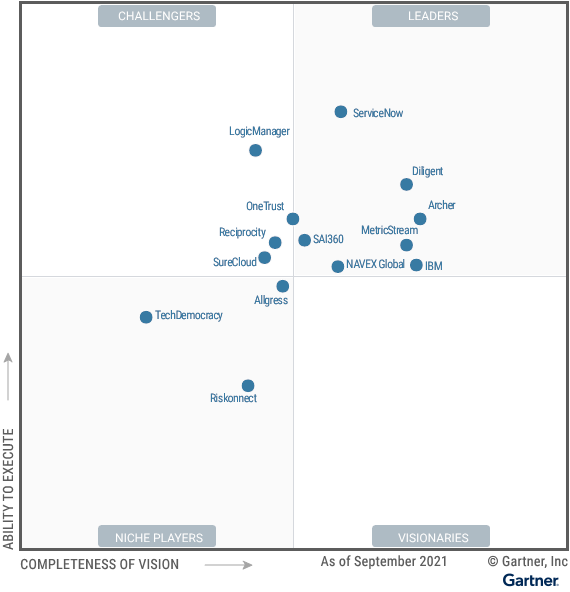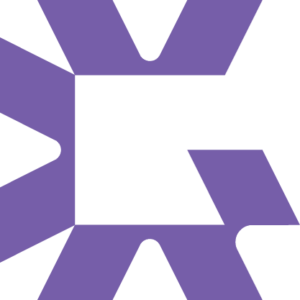Do employees from diverse generations need different things as they navigate a fully remote work environment? Or, is focusing on generational differences as closed-minded as focusing on traits like sex, gender, and sexual orientation?
Take a look around your virtual workspace. Chances are, you connect with coworkers of various ages on a regular basis. These days, there can be multiple generations working together in an organization:
- Baby boomers, born between 1946 and 1964.
- Gen X, born between 1965 and 1980.
- Millennials, born after 1980.
- Gen Z, born between 1997 and 2012.
(Generational cutoffs vary, but for this article we’re using the ones from Pew Research Center.)
This multi-generational labor force has been created thanks to a number of different factors:
- People are working longer because they’re living longer.
- Some baby boomers are financially supporting kids who still live at home.
- Many countries and companies have changed pension funding, causing people to postpone retirement.
- And, some people just really like their jobs!
In this new reality we’re living, working from home (WFH) is becoming routine for employees of all ages. Understanding the differences and similarities between generational groups can help teams maintain and optimize connectivity and productivity.
“So no matter what year you were born, chances are you’ll benefit from your organization taking every person into consideration, rather than classifying them by their generation.”
Understanding the differences and similarities between generational groups can optimize connectivity and productivity.
How big is the gap, really?
The generational gap might not be as big as expected—or as one-sided. While many people may (inaccurately) assume that workforce differences are more challenging and pronounced in baby boomers, the following examples reveal that this isn’t actually the case.
COVID-19 concerns
COVID-19 is one of the most tragic and devastating health crises that we’ve ever faced. And we don’t need studies to know that people have divergent concerns around it. The baby boomer is probably focused on an elderly parent’s health. The Gen Xer is more likely to be juggling the demands of working from home with child rearing. Millennials experiencing their second major disruption (the first being the Great Recession of 2008) could have higher anxiety around job security.
Social differences
Global insight firm NRG’s Ready or Not: The Future of Work is Here report on WFH during COVID-19 found that more than half of Gen Xers think it’s more convenient to work from home. And 49% of them say they don’t mind staying in their houses for long periods of time—sentiments not shared by younger colleagues. Gen Z—the so-called “digital natives”—are actually the least productive when working from home. And while 64% of Gen Z and 52% of millennials are now in favor of easing stay-at-home and social distancing restrictions, only 46% of Gen X and 39% of baby boomers are, according to this weekly survey.
Adopting new technologies
But what about tech adoption in this new normal? While there’s no shortage of commentary and assumptions around younger generations’ tech-fluency vs. older folks’ slow pace to adapt, that’s not necessarily the case. There’s been significant growth in tech adoption among older generations in the last decade, particularly Gen Xers and baby boomers.
A 2018 study of workplace learning preferences of 2,000 people found younger and older workers had very similar preferences around staying current on technology and tools. And employees of all generations have been using tools like Slack, Zoom, and Asana long before the COVID-19 crisis. Technology-enabled collaboration is an expectation in almost all organizations today.
How to solve the “everyone challenge”
It’s important to recognize that employees will have unique challenges depending on which stage of life they’re in. But it’s essential to look at WFH during COVID-19 as an “everyone challenge.” As we take collective action to prevent its spread, we’re all isolated in some way.
The NRG study found that there are shared pain points for remote work across generations. These include distractions, loneliness, and lack of access to work resources. Here are some tools survey respondents in every age bracket use to stay connected when working from home:
- Mobile phones (69%). People want to be able to work from anywhere and from multiple screens, in order to have real-time collaboration with coworkers.
- Virtual events (67%) to bring people together. (Whether it’s a Zoom happy hour or attending a conference like Galvanize Virtual Summit.)
- Sharing photos and videos (66%). Employees are craving connectivity, and it’s no surprise that social apps have reported increased engagement.
- Interactive learning/skill development (65%), like online courses and webinars.
So while there have been multiple studies looking at generation gaps, much of the research shows that generational differences are minimal. An often-cited review of the research done by Cambridge University Press said “there is little solid empirical evidence supporting generationally based differences and almost no theory behind why such differences should even exist.”
Based on this info, and our exploration, it looks like it is closed-minded to pay too much attention to age differences. So, no matter what year you were born, chances are you’ll benefit from your organization taking every person into consideration, rather than classifying them by their generation. Below we share some ways we’re trying to do just that.
8 Galvanize all-employee initiatives
Our number one concern during the pandemic is our global employees and their physical and mental health. We’ve focused on virtual events and resources to foster a sense of belonging and bring our employees closer, including:
- WFH wellness and culture resources created for employees, by employees. Topics include tips on managing teams and working remotely, mental health resources, and suggestions for parents and caregivers.
- Daily Slack and email updates and inspirational words from our CEO and leadership team.
- Live meditation sessions with a registered psychologist and lunchtime yoga classes.
- A switch from quarterly all-hands live updates to bi-weekly ones, where employees are invited to ask the tough questions.
- A variety of employee-led workshops to helps us learn new things and engage outside of work, like cocktail making, cooking, and workout classes.
- A “Daily challenge” via Slack. Each is completely random and relatively easy, and a few we’ve done include “Grow anything” (e.g., bean plant, avocado) and “Share a picture of your home office.”
- A podcast listening club, with a randomly selected show each week and a discussion in the Slack channel—no COVID-19 content allowed!
- Virtual happy hours and trivia nights via Zoom.
We also created a COVID-19 self-reporting questionnaire using our own software, which allows employees to report their illnesses, suspected COVID-19 symptoms, or testing status. Privacy is protected and self-reporting is voluntary, not mandatory. Learn more about our COVID-19 Toolkit.









